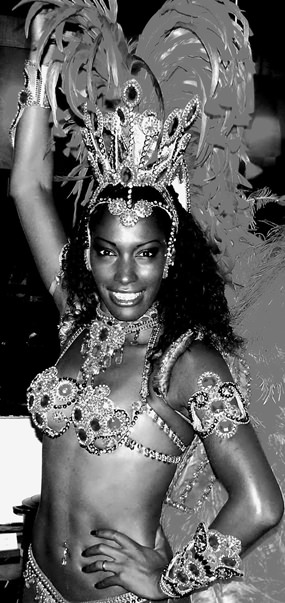
I was asked to put together a small “instruction” sheet for new DSLR users, and so here it is. While the compact point and shooter is a great way to get into photography (or even the smart phone), there are limitations with the basic cameras, especially if you wish to improve above the “Auto” mode type of photography.
1. Begin with the Rule of Thirds. In this, you position the main subject one third in from either side of the frame and one third up from the bottom, or down from the top. Putting the main subject slap-bang in the middle produces a very boring photograph. Look at commercial photographs and you will see the rule of thirds everywhere.
2. Digital cameras have become very smart at counteracting camera shake, but there is a limit. Holding the camera in one hand while waving one, two, three fingers at the subject is a recipe for “soft” fuzzy photos. Hold the camera in two hands. One hand around the body and one around the lens and hold the camera close to your body for support, not at arm’s length. Look through the viewfinder, rather than at the LED screen. If you are shooting with a slow shutter speed, use a tripod or monopod whenever possible, or use a tree or a wall to stabilize the camera.
3. Most digitals have an in-built light meter, but if not, the Sunny 16 rule will help you. In bright sunshine, choose an aperture of f/16 and 1/100th of a second at ISO 100. You will end up with a sharp image that is neither under or over exposed.
4. Use a Polarizing filter. This filter helps reduce reflections from water as well as metal and glass; it improves the colors of the sky and foliage, and it will protect your lens too. Get a circular polarizer because these do not confuse the automatic metering.
5. Learn to control ‘depth’. When photographing landscapes it really helps to create a sense of depth. Use a wide-angle lens for a panoramic view and a small aperture of f/16 or smaller to keep the foreground and background sharp. Placing an object or person in the foreground helps give a sense of scale and emphasizes the depth of field to infinity. You may need a tripod as a small aperture usually requires a slower shutter speed.
6. Note the background and keep it simple. If possible, choose a plain background – neutral colors and simple patterns. This is vital in a shot where the subject is placed off center.
7. Avoid flash indoors. Flash can look harsh and unnatural like a rabbit in the headlights. To avoid using flash, push the ISO up – usually ISO 800 to 1600 will make a big difference for the shutter speed you can choose. Use the widest aperture possible – this way more light will reach the sensor and you will have a nice blurred background.
8. Become familiar with ISO ratings. The ISO setting determines how sensitive your camera is to light and also how fine the details of your image. When it is dark push the ISO up to a higher number, say anything from 400 – 3200 as this will make the camera more sensitive to light and then you can avoid blurring. On sunny days choose ISO 100 as there is more light to work with.
9. Pan to show motion. Choose a shutter speed around two steps slower than usual, so 1/30th is a good average. Lock the focus and follow the action and shoot. This gives a sharp subject and a blurred background. You will need to practice this many times.
10. Experiment with shutter speed. Don’t be afraid to play with the shutter speed to create some interesting effects. When taking a night time shot, use a tripod and try shooting with the shutter speed set at 4 seconds. You will see that the movement of the object is captured along with some light trails. If you choose a faster shutter speed of say 1/250th of a second, the trails will not be as long or bright; instead you will freeze the action.
 |
 |
 |





